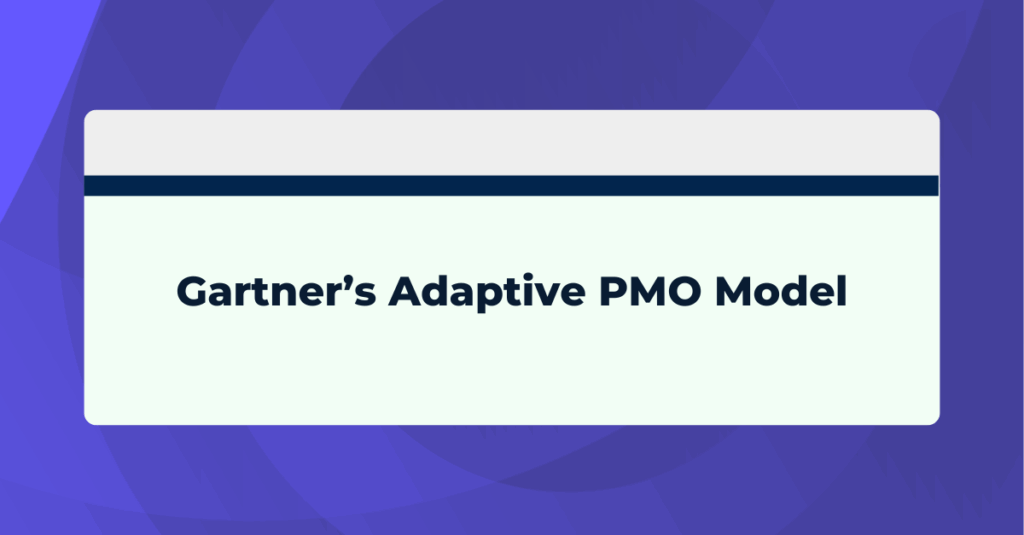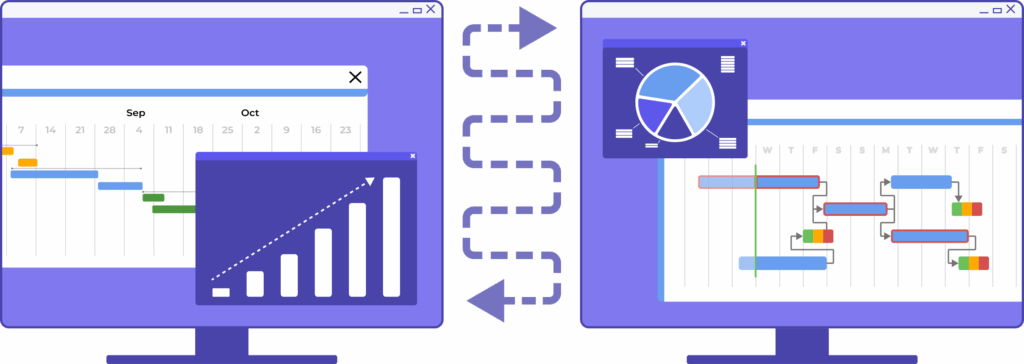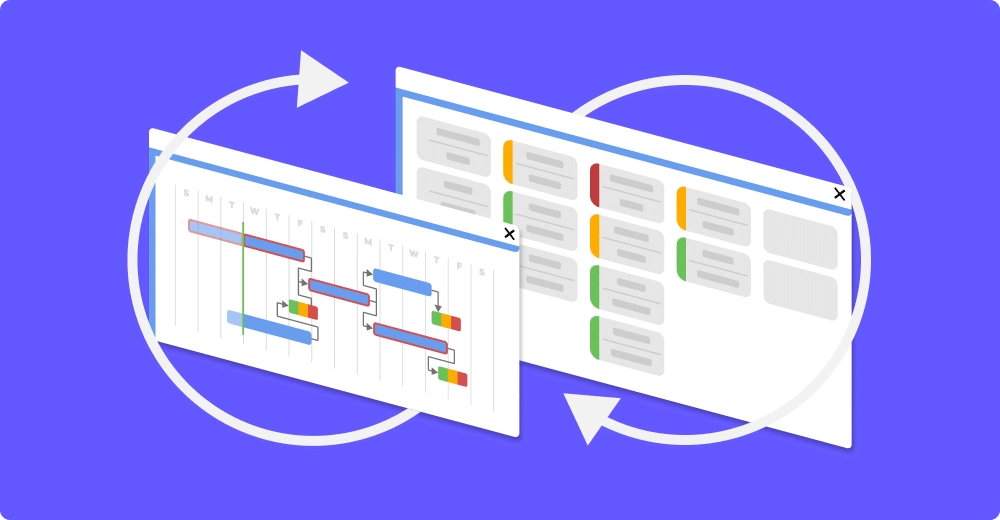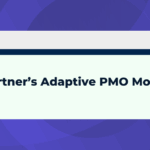The aviation industry continually seeks improved efficiency and precision, especially with aircraft maintenance, where downtime translates directly into lost revenue. Traditional project management methods, often rigid and linear, have proven less effective in managing the complex demands of Maintenance, Repair, and Overhaul (MRO). As a result, more aviation professionals are turning towards Critical Chain Project Management (CCPM) as a dynamic alternative that promises significant enhancements in efficiency and compliance.
The Shift from Traditional Methods to CCPM
Recent studies, including a comprehensive analysis at a major MRO facility in Singapore, have demonstrated the tangible benefits of integrating CCPM into aircraft maintenance routines. This research revealed that traditional methods typically led to prolonged downtime and inflated costs. In contrast, CCPM not only minimized these issues but also optimized resource utilization and ensured stringent adherence to airworthiness standards.
Real-World Applications of CCPM in Aircraft Maintenance
One of the most compelling endorsements of CCPM comes from the Warner Robins Air Logistics Center, which implemented this methodology to streamline the repair and overhaul processes for C-5 transport aircraft. This initiative not only enhanced operational efficiency but also returned five additional C-5s to the fleet, significantly boosting annual revenue by an estimated $49.8 million. The success with the C-5 prompted the extension of CCPM to other aircraft models like the C-130 and C-17, illustrating the method’s scalability and effectiveness across different platforms.
Another case study highlighted the use of CCPM during a heavy maintenance check on an Airbus A320. The results showed an 8.9% reduction in maintenance time, underscoring CCPM’s potential to cut costs and enhance turnaround times significantly.
In Brazil, a similar transformation took place at an aircraft maintenance center where CCPM and the Critical Path Method (CPM) were applied together. This strategy successfully halved the aircraft downtime from 11 to 5 days, showcasing CCPM’s profound impact on operational efficiency.
Strategic Benefits Beyond the Numbers
The adoption of CCPM goes beyond mere operational improvements—it also brings strategic enhancements. For instance, at Warner Robins, CCPM facilitated a more strategic use of resources, minimized multitasking, and prioritized essential tasks more effectively. These changes led to greater aircraft availability and reduced risks during military operations, providing strategic advantages that, while difficult to quantify, are crucial to military readiness and effectiveness.
Conclusion
Adopting CCPM in aircraft maintenance represents a significant forward leap for the aviation industry. It not only improves efficiency but also aligns with the market’s increasing demands for quicker, more reliable service. As the industry continues to evolve, the integration of CCPM could redefine standard practices across global MRO operations, setting a new benchmark for operational excellence in aircraft maintenance.
This evolution in aircraft maintenance management underscores the importance of adaptability and innovation in ensuring that the aviation industry not only meets but exceeds the modern standards of operational efficiency and strategic foresight.
Sources
- https://www.scirp.org/journal/paperinformation?paperid=119178
- https://www.researchgate.net/profile/Mandyam-Srinivasan/publication/220249890_Warner_Robins_Air_Logistics_Center_Streamlines_Aircraft_Repair_and_Overhaul/links/5446ad3d0cf2f14fb810c3d9/Warner-Robins-Air-Logistics-Center-Streamlines-Aircraft-Repair-and-Overhaul.pdf
- https://www.emerald.com/insight/content/doi/10.1108/REGE-02-2018-0026/full/pdf
- https://espace.curtin.edu.au/bitstream/handle/20.500.11937/58880/257293.pdf?sequence=2















